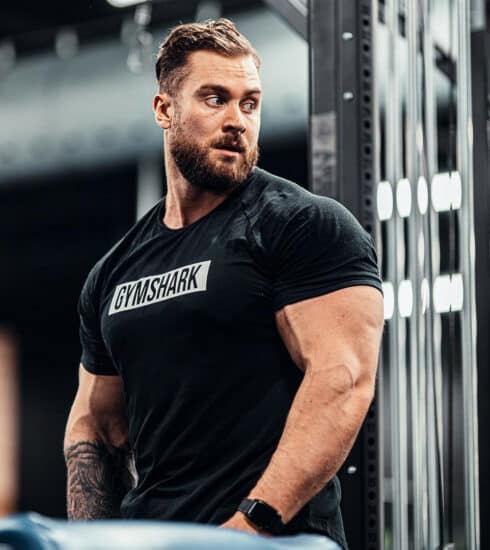7 Types Of Protein Powder Explained
Protein powders can come from animal or plant sources, but both types contain at least one of the following three categories of protein—and often, all three. If you’re looking to build muscle or tone, then be sure to choose a concentrate or isolate protein rich that’s rich in leucine, a key amino acid found in the powder which stimulates muscle growth. The body requires 2.7 grams every 2/3 to help repair or build muscle tissue. This is the reason bodybuilders eat every 2 to 3 hours.
Here’s our guide to the different types of proteins, but bear in mind some are fast and slow acting, so be sure to choose the right one.
Whey protein: The most popular protein on the market, whey is a complete protein, meaning that all nine amino acids necessary for protein synthesis are present. The three branched-chain amino acids—leucine, isoleucine, and valine—are found in high concentrations in whey protein. Whey protein is a fast-absorbing protein and can be digested in as little as 20 minutes for whey protein hydrolysates. This makes it ideal for post-workout recovery. The different types of whey proteins are as follows:
Protein Concentrate: Concentrates contain 60-80 percent protein. The remainder of the concentrate is made of fats and carbohydrates. This is the most common and easy-to-produce type of protein.
Protein Isolates: more expensive, isolates are a highly filtered type of protein that contains 90-95 percent pure protein that’s been stripped of fats, carbs, and, in the case of whey isolate, nearly all traces of lactose. For those searching for a lean and ultra-pure protein, isolates are often the way to go.
Protein Hydrolysates: To create a protein hydrolysate, manufacturers partially break down or “pre-digest” in order to make it easier to digest and absorb.
In addition to these categories, you’ll see proteins from numerous sources, including:
Casein: Casein, like whey protein, is a protein found in milk. Casein protein takes longer to digest than whey protein powder, making it a great choice for a meal replacement, between meals, or before bed. After your workout, your body needs fast digesting protein to stimulate MTOR and repair your muscle fibres, so casein would not be the right choice.
Milk protein: Milk protein concentrates and isolates contain both whey and casein protein, so they have a mix of faster and slower absorption rates. These are common in ready-to-drink (RTD) products and protein powder blends. So the expensive shake you buy in the grocery store could be being used by the body as calories, instead of triggering muscle growth. Read the label. The higher the concentrate percentage the more likely it is to contain higher amounts of leucine. You should be opting more a product that contains a minimum of 50 grams of protein but if the concentrate percentage is low, you may need to double up or just skip the shake altogether and buy some cooked chicken.
Plant-based protein: People who are sensitive to dairy or who prefer plant-based sourcing have plenty of protein powder options. Pea, rice, soy, and hemp protein are all common. Many single-source plant-based proteins don’t provide a full amino acid profile, so different sources are often blended together. So you may need to take huge amounts to get your body to stimulate muscle repair if this is your goal. Always check the label for the amino acid breakdown.
Egg: Egg protein is very easy for the body to utilize and has an absorption rate between whey and casein. Egg protein mixes smoothly and can be found both on its own and blended with other protein types. This can be a good choice for customers who are sensitive to lactose.







